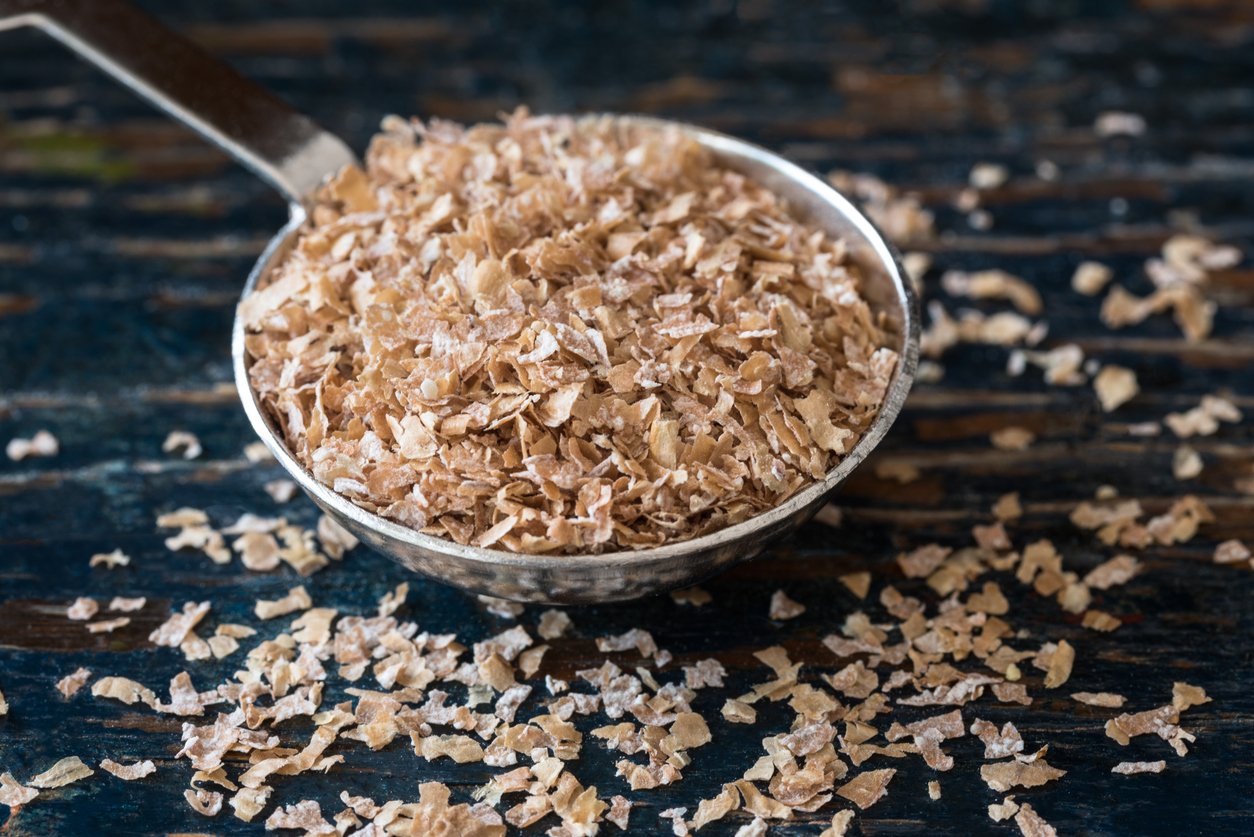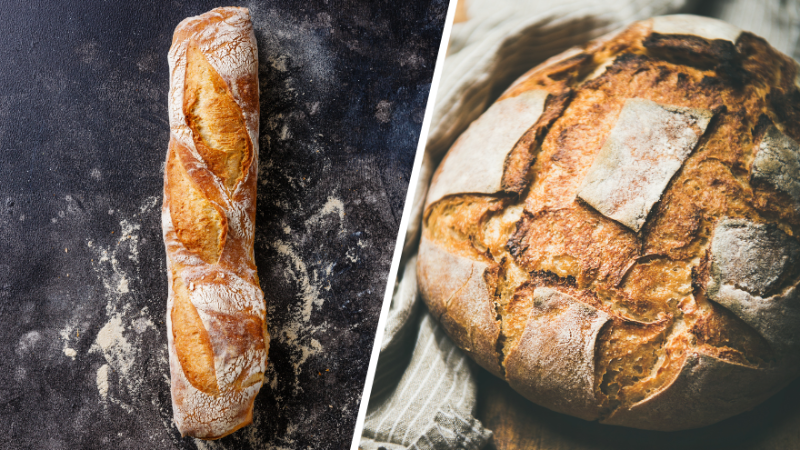When it comes to nutrition, there seem to be several schools of thought, some contradictions, and many assumptions. Starting with the superiority of whole grain bread over white bread, which is considered better for your health.
Prejudiced official recommendations
Hard to see a semblance of truth as the information turns out to be contradictory in matters ofhealthy food. If cow’s milk was praised a few years ago, today, products dairy are clearly no longer our “friends for life”. Same for wheat flour and gluten which it contains in excess.
But if these dietary advice constantly contradicting themselves, it is also because most nutritionists are a few years behind recent scientific discoveries. Let’s add to this official recommendations not taking into account each one individually and fiercely active lobbies.
According to Xavier Bazinscience journalist and author of the bestseller Big Pharma exposedare the current official recommendations completely biased:
The so-called official recommendations are primarily aimed at people who have the worst diets, those who are therefore at risk of getting the most serious diseases.
So of course, for those who eat chips, cold meats, meats and crackers, consuming fresh cow’s milk yogurt would be considered a genuine progress ; but for the one who takes take care of your health for many years while respecting a diet based onunprocessed or processed plant foodsregular consumption of dairy products will not have the same effect…
Why would whole grain bread be preferable to white bread?
Certainly whole grain bread has the advantage that it contains more fibre, vitamins, magnesium and potassium than white breadhowever, its nutritional contribution is minimal. Because even while eating 100 gram whole grain bread a day, it turns out to be impossible to achieve quarter of the recommended fiber intake. The same applies to potassium, magnesium and vitamins.
Bread in all its forms has very few nutritional qualities
Regardless of whether it is white or whole grain, the bread will have very few qualities, high in sugars that are considered “fast”. And for good reason: its glycemic index (GI) is around 70, the same as white sugar. Despite its better reputation, is whole grain bread is no exception to the rule.
According to a recent study conducted among diabetics, whole grain flour causes elevated blood sugar as important as white flour, leading to a insulin peak and by extension a hypoglycemia and its famous symptoms: fatigue, cravings for sweets, etc.
These fast sugars in breadwhether made with white or wholemeal flour, only has the effect ofaccelerate cellular agingor even trigger certain diseases such as diabetes.

Whole grain bread contains as much gluten as white bread
There flour complete would contain as much gluten as flour white. And this substance, which is less and less tolerated by ordinary mortals, has that effect in the long termdamage the lining of the intestinecauses fatigue and problems digestive tract more or less painful.
According to results of another studygliadin, a protein contained in gluten, would increase intestinal permeability and risk endangering it, as well as the immune system.
Why whole grain bread is less healthy than white bread
If so far white and whole grain bread did not stand out regarding qualities nutritionallyis it different for their chemical content. When it does not come from organic farming, whole grain bread would contain many more pesticides as his sidekick.
In contrast to white flour which contains only the central layer of the wheat grain (the endosperm), the flour complete contains herTHE germ and thatendosperm. The problem is that wheat bran is much more prone to spread of pesticides since that is its outer envelope, the input is concentrated there.

Wholemeal flour contains more phytic acid and acrylamide than white flour
Like the vast majority of grains, wheat contains phytic acid in quantityconcentrated in the sound. Although this acid is natural when consumed regularly and in excess, prevents the correct absorption of several essential minerals (especially zinc, but also iron, calcium and magnesium).
Wholemeal bread also contains more acrylamide than white bread, substance carcinogenic considered byWHO as presenting one great risk to human healthand part of the list of extremely dangerous substances inThe Environmental Protection Agency (EPA).
Prefers organic sourdough bread
SO, which bread to choose when you don’t want to stop using it permanently? Specialists recommend choosing bread with ancient types of flour from organic farming And made with sourdoughnatural bacteria that somewhat reduce its glycemic index.

Another often overlooked aspect is bread processing methods, especially baking. The temperature at which the bread is baked plays a decisive role in the formation of potentially harmful substances such as acrylamide. High cooking temperatures, especially in the production of industrial bread, can increase the production of this toxic substance. In addition, breads cooked quickly at high temperatures see their nutritional qualities deteriorate further. In contrast, a slower baking process, such as that used to make sourdough bread, not only preserves better nutrients, but also reduces harmful compounds.
